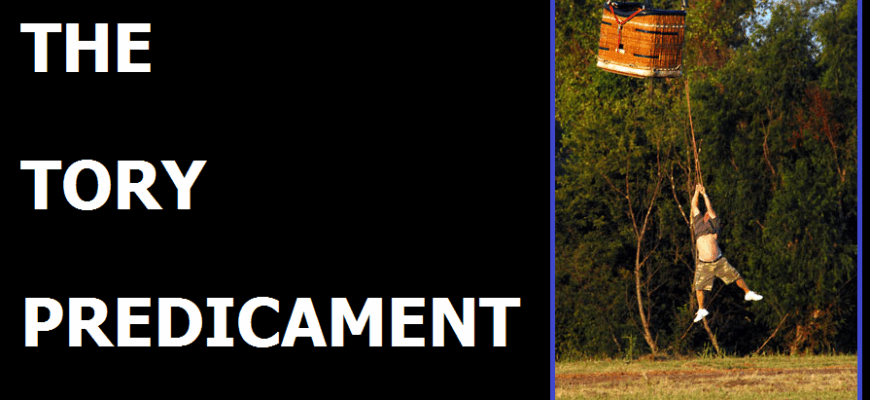The echoes of a highly anticipated, yet ultimately disastrous, season still reverberate through Nashville. The Predators, a franchise that ambitiously invested in veteran talent just last summer, found themselves not contending for the Stanley Cup, but rather staring up from the bottom of the league standings. Missing the playoffs by a staggering 28 points, their 2024-25 campaign was a masterclass in dashed expectations, leaving many to wonder: what exactly went wrong, and can it possibly be fixed?
General Manager Barry Trotz, having inherited a complex roster, now faces a challenge akin to assembling a high-performance engine from two entirely different eras. On one side, you have the seasoned, financially weighty veterans – names like Steven Stamkos, Jonathan Marchessault, Ryan O`Reilly, and captain Roman Josi. All north of 34, these players were brought in, or retained, to provide immediate impact and leadership. Yet, their collective performance last season, particularly on the offensive front where the team finished 31st overall, suggested a disconnect between investment and output. It’s an expensive dilemma, to say the least, when your elder statesmen are simultaneously your highest earners and underperformers.
On the other side of the ice, a promising, but largely unproven, cohort of young talent is knocking on the door. Fedor Svechkov, Luke Evangelista, Zachary L`Heureux, Matthew Wood, and recent fifth-overall pick Brady Martin represent the future. These are players still finding their NHL footing, or, in Martin`s case, desperately trying to get it. The team’s strategic conundrum is clear: how do you foster the development of these burgeoning stars while simultaneously relying on an aging core that still commands significant ice time and salary? It’s a delicate balancing act, one that can quickly devolve into a full-scale rebuild if not managed with precision.
The Goalie Conundrum: Can Saros Return to Form?
No individual`s performance is perhaps more critical to the Predators` immediate fortunes than that of goaltender Juuse Saros. Once a Vezina Trophy finalist and among the league`s elite netminders, Saros`s save percentage has regrettably tumbled for two consecutive seasons. Having recently inked an eight-year, $7.74 million AAV extension, the expectations weighing on his pads are immense. At 30, a bounce-back season isn`t just hoped for; it`s an absolute necessity if Nashville harbours any realistic playoff aspirations. His decline coincided with the team`s defensive struggles, which saw them register the sixth-highest goals-against average in the league. For Saros, Year 1 of his hefty new deal is not merely a contract year, but a statement year.
New Faces, New Hopes: Hague`s Defensive Mandate
Amidst the introspection, one notable arrival offers a glimpse of potential retooling: Nic Hague. Acquired from Vegas and promptly signed to a four-year, $5.5 million AAV extension, Hague represents an attempt to bolster a beleaguered defensive corps. Tasked with elevating beyond a bottom-pair role, potentially even switching to his off-side, the 26-year-old enters his prime years with a significant mandate. In Vegas, his offensive upside was largely untapped, limited by a deep defensive roster. Nashville, however, needs him to not only solidify the back end but also inject more offense into a team that desperately needs it. His performance will be a critical barometer of the team`s defensive identity moving forward.
The Youthful Vanguard: Svechkov and Martin`s Moment
The most compelling narratives often involve the rise of new heroes, and for Nashville, much attention will turn to its younger forwards. Fedor Svechkov, a 22-year-old center, stands out as a player who could seize a significant opportunity. With the team lacking strength down the middle, Svechkov might find himself battling for the coveted second-line center role. His rookie season saw him put up 17 points in 52 games – a solid, if not spectacular, start. If he can elevate his play, he could provide a much-needed jolt to the team’s offensive structure.
Then there`s Brady Martin, the 18-year-old fifth-overall pick from the most recent draft. Martin is described as a “handful”: a physical, tenacious center who combines scoring prowess with a ferocious forecheck. Having signed his entry-level contract, he`s eyeing an immediate NHL spot, potentially leveraging General Manager Trotz`s stated desire to create opportunities for young players. A strong training camp could secure him at least a nine-game showcase, offering a tantalizing glimpse into the Predators` future.
Another young forward, Luke Evangelista, also finds himself at a crucial juncture. While his points-per-game stagnated slightly last season (10 goals, 32 points in 68 games), his growth remains vital. As one of the few remaining restricted free agents, the lingering contract negotiations add an additional layer of pressure, risking a slow start if unresolved.
The Road Ahead: Rebuild or Resurgence?
The Predators` path is far from clear. Can Marchessault and Stamkos, whose first Nashville seasons were underwhelming, lead a veteran charge to redemption? Can the team`s defensive unit find cohesion, and can its anemic offense find a consistent spark? Head coach Andrew Brunette has been retained, signaling an organizational belief that last season`s struggles were an anomaly, perhaps a consequence of too much change too quickly.
Yet, the stark reality remains: the Predators are caught between two distinct eras. The challenge lies not just in improving individual performances, but in forging a collective identity from disparate parts. Will Nashville defy expectations and orchestrate a rapid resurgence, or are they merely delaying the inevitable, an ugly, forced rebuild waiting in the wings? The answers will unfold on the ice, offering a compelling narrative of perseverance, potential, and perhaps, a touch of hard-earned irony for a team that spent big only to fall furthest.







